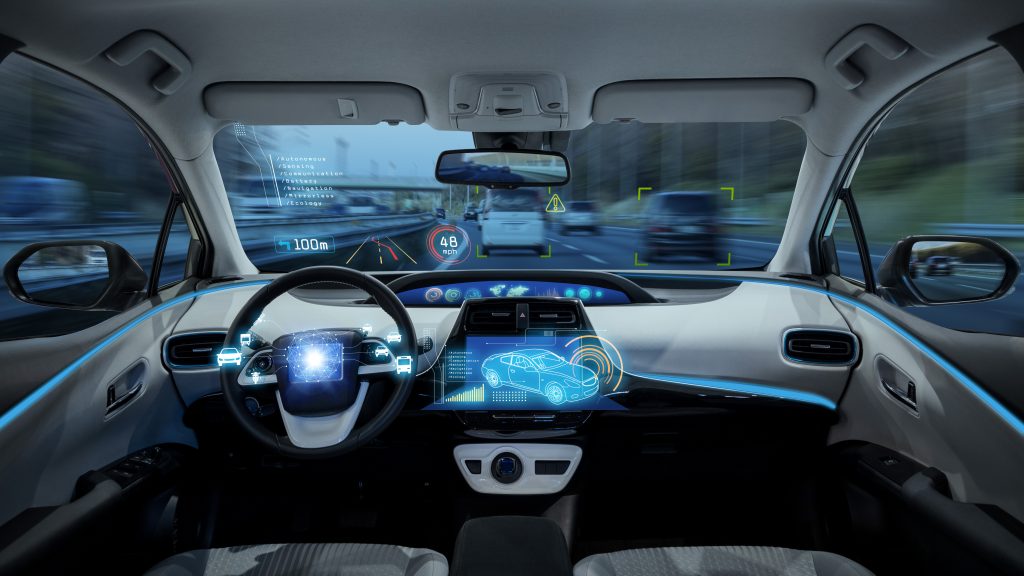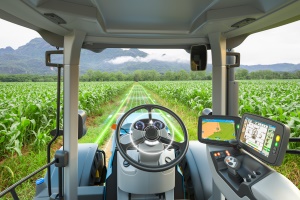5G is going to change everything, unless it doesn’t. 5G technology is expected to bring unprecedented levels of capacity, performance and reliability for mobile networks and its users. It has the potential to be transformative in a variety of ways but network slicing, ultra-low latency and high speed are just part of the story, says Phil Thompson, VP, client partner executive, Spirent Communications.
The possibilities go beyond the computer screen, tablet or device. 5G, in combination with IoT technology, could transform the world around us, pulling technologies from the pages of sci-fi novels into the real world. In fact, a variety of exciting use cases require 5G connectivity to come about.
Self-driving cars will require a level of connectivity that current generations cannot provide. 5G technology is required to enable the safety, operation and connectivity of automated vehicles on our roads. This will need accuracy and timing attributes to make it a real use case.
Similarly, current generations of mobile technology struggle to ensure connectivity in high density areas. 5G on the other hand is going to allow galaxies of small devices to send information and commands between each other. This development could help bring about smart cities, in which municipal services, power grids, transport, healthcare and real estate such as buildings, vehicles and even traffic management are all integrated and managed centrally.
The innovative potential here is vast. A variety of sectors are fully expecting 5G to enhance connected technology and their sectors in heretofore unseen ways.
However, the way we often talk about 5G makes it seem like all of this innovation is a foregone conclusion. It’s not. These are not promises they’re possibilities. If we want to get there, we have to first concern ourselves with constructing reliable and efficient 5G networks.
Automated vehicles and smart cities are possible, but they’re going to require reliable 5G connectivity. Those that are currently trying to develop their own 5G networks need to get the basics right before they start making promises to themselves and others.
5G is not 4G
5Gs capabilities far outstrip that of 4G, so the requirements that go along with it need to change too. 4G was a revolution in and of itself, adding the video streaming capabilities that have largely characterised the last few years of consumer technology. It has now reached its potential.

5G is going to launch mobile connectivity from the users device and send it deep into the physical world. As such, testing requirements need to change in kind.
Unlike 4G, 5G networks will be handling petabytes of data and untold numbers of calls, messages and signals every second of the day and from many more sources and end points.
Furthermore, some of the transformative use cases that 5G is expected to empower are safety critical. If outages in 4G networks were significant, then outages in 5G networks could be catastrophic. 5G will be used in national defence, public health, transport, city management and many more. These use cases will demand reliable, ‘always-on’ 5G service and will not tolerate outages. If 5G networks can’t provide that, then they won’t be used and their innovative potential will be sacrificed for the basic needs of safety and reliability.
4G and earlier generations of mobile network technology were generally tested in lab settings. However, they’re insufficient for 5G as the requirements for planning, modelling and optimising are simply too costly and complex. A very different kind of testing is required.
Testing 5G networks
5G networks require rigorous testing under realistic conditions. Radio and Core networks need to be stress-tested continuously and those tests need to emulate the use cases which that network will service.
The concept of the digital twin has emerged to meet this need. The digital twin has been historically used in aeronautics, building design and manufacturing. These are often safety-critical use cases which require high levels of reliability and as such, need to test under realistic conditions.
These qualities make it a perfect fit for 5G networks. The digital twin provides a software-based testing environment that can recreate the rigours that a physical network will be expected to handle. It can emulate these conditions according to the user’s needs and test against any number of hypothetical situations. That ranges from Core network and cloud edge emulations, to testing out network slicing capabilities, to impersonating GNSS satellite signals to conjuring the kinds of device and traffic demands that a physical network would require.
However, perhaps the most critical part of that is that the digital twin can emulate the physical stresses and specificities of “real world” use cases. It can emulate scenarios like traffic congestion in smart cities, security breaches on smart grids or equipment failures in smart factories.
Realising innovative potential with better testing
The digital twin goes further than measuring the mere sufficiency of a 5G network. It helps enable the very innovation that is expected of 5G. It is that testing process that allows 5G networks to model, plan, optimise, assure, work out kinks and tailor its strengths to its use cases. It also ensures that the much more prolific requirement for latches, updates and upgrades to a new technology platform can be managed efficiently and safely without detriment to the performance and speed of delivering services.
As the industrial sector gets to grips with 5G technology, it’s using the digital twin to understand what it needs and what it can do. A smart factory comes with a whole range of qualities and needs that must be accounted for such as the speed of the operation (cars off a production line every 43 seconds) device synchronicity or the potential impact of factory surfaces impacting radio propagation. The digital twin is bringing about the innovative potential of those factories by helping them understand their own needs.

Automotive vehicle manufacturers are also using the digital twin for C-V2X virtual drive testing. They use it to emulate a variety of environmental conditions and possible scenarios. In doing so, they can test and refine automated vehicles, ensuring their safety and reliability.
The 5G/IoT horizon is coming closer but there is still quite a bit of work to do before we can realise the innovations that we hope 5G will bring about.
It’s important to remember that the reason the world is looking to 5G is that it can provide the reliability and performance that this new age of innovation requires. It’s not simply a matter of developing a 5G network, turning it on and watching that innovation grow naturally. We must remember that innovations like automated vehicles and smart cities are not promises they’re possibilities. If we want to bring them about, we need to build and test the 5G networks that are good enough to make them possible.
The author is Phil Thompson, VP, client partner executive, Spirent Communications.
Comment on this article below or via Twitter: @VanillaPlus OR @jcvplus






